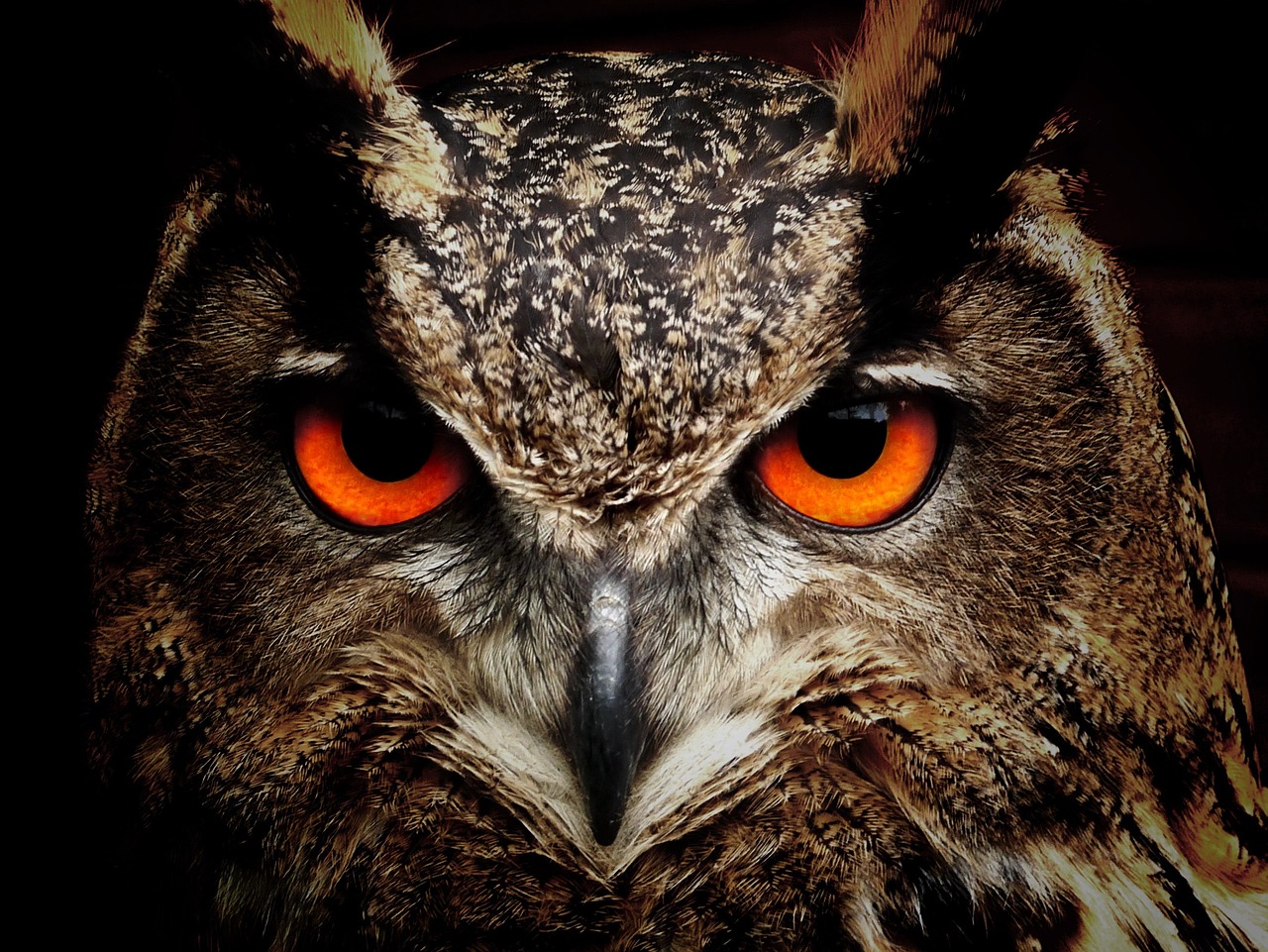By Umang Rajpurohit
This Year’s Blue Tiger Migration Over Bangalore Left Us in Awe:
Every year, millions of butterflies venture into a surprising long-distance journey, but the Blue Tiger butterflies migration this year over Bangalore especially seem to have grabbed attention of the public. While insect migration is a common phenomenon globally, but there is something very exceptionally captivating about the butterfly migration.
Butterfly migration isn't just random fluttering from one flower to another but persistent and directional movements. The Monarch migration is perhaps the most widely discussed and common migration we observe every year but Monarch isn't the only species which migrates there are about 600 butterfly species which are known to migrate from one region to another.
Welcome to the butterfly series- this is the third article in the series. You can read the previous two by clicking on the home button. This is my attempt to bring you closer to one of nature's most beautiful creations. Keep reading- I promise you'll walk away with some fascinating insights.
Why do they migrate ?
Let's start with the most important question: Why do butterflies migrate in the first place?
What is the need to travel such a long distance that too when the lifespan of this creature is just about 4 weeks.
1. Temperature and climate
The very first reason is Butterflies are cold-blooded insect and don't possess capability to survive in colder climate therefore they migrate from colder region to slightly warmer region for optimum survival. Most famous example is Monarch Butterfly which migrates from USA and Canada to Pine-oak forest of Central Mexico.
2. Food availability
As the winters starts, nectar source and host plants perish in the colder region and hence they have to move from the colder region to warmer region for the food and nectar source. Mexico provide enough food and nectar for them to survive in those scarce times.
3. Reproduction
Survival of their offspring is the end goal of all the species and therefore where there is enough food, there are more chances of survival.
How Do They Travel So Far?
Migration distance for each butterfly differs.Monarch migrates for 5000 to 6000km while the Painted lady migrates thrice the distance as Monarchs(Painted lady travels upto 14000 km) with temporary suppression of appetitive cues like feeding or mating.
Interestingly not all individual species migrates. Some Monarch population in Florida stay in place while other migrate. Migration is not a yes-or-no trait but a complex population level behaviour.
Understanding migration was not easy at all that too for such a small sized creature but all the due credits go to C.B Williams(I will highly recommend to read their story if you are someone who's into butterflies) and Darwin. It took around 24 years of tagging to understand this phenomena.
Don't they get tired travelling this long ?
Even I was curious to know that as to how such a small creature even even manage to travel such a long distance. But here is the catch-
- The same individual who has left from point A will not reach point B.
- Along the way, it mates and lays eggs.
- Those eggs hatch into caterpillars, then transform into new butterflies.
- The next generation continues the journey, and this process can repeat over 3 to 8 generations before reaching the final destination.
The sad part is that many never make it to the end, but enough do to survive and return.
How Do Butterflies Know Where to Go ?
Now this is the part where the migration gets interesting.
1. Sun compass
Sun is their ultimate directional guide. They correct the angle of flight based on the timing of the day to avoid getting lost.
2. Circadian clock
Just like human they are also biologically blessed with circadian rhythm which helps them adjust their direction based on the hour.
3. Earth’s Magnetic Field
Monarchs are known to be using Earth's magnetic field to navigate especially, when the clouds block the sun so it's kind of a backup.
4. Polarized Light
Even if the sun's light is blocked by the clouds they can see the polarized light(which is invisible to us) butterfly extremely useful for butterfly orientation.
5. Vector Navigation
Now this one may shock you but Monarchs have this inherited compass direction called vector navigation which is the genetic instruction which tells them where to go, even if they never been there before.
This means a monarch born in Canada can still fly towards Mexico having no direction experience of the route, it's hardwired in them.
How Do Scientists Track Butterfly Migration?
Starting from Mark-release-recapture method at the times of Darwin and C.B Williams to Stable isotope analysis technology, butterfly migration has achieved a significant advancement.
But there is still very less work on various butterfly migration as the major focus has always been on Monarch migration only.
I tried to explain this incredible and complicated phenomenon as simply as a could. If you are looking to see more detailed discussion about butterfly migration, just drop a mail at umangrajpurohit23@gmail.com. I would be happy to share the extended text and references with you.
Until then, keep observing, keep learning and keep reading!





1 Comments
Interesting !! Vector navigation was new to me.
ReplyDelete